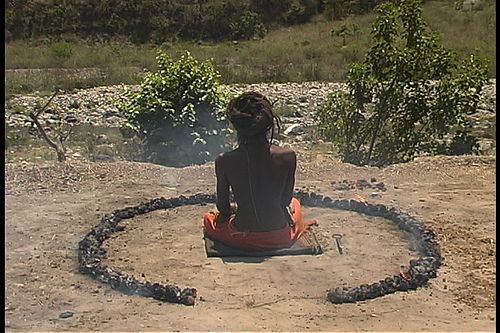
The world and ourselves are co-related and bound together, until we set ourselves free from all relativity in the world of unique reality – the eternal illimitable Samadhi

A Great collection of India mythology, mythology" is a collection of stories associated with a culture or institution or person. and in another form A myth is a religious story that involves a higher power or entity. The gods, goddesses, and other supernatural beings who appear in myths are worshipped or revered.






